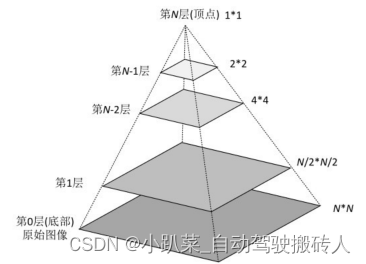Wi-Fi can consume more battery power than cellular data for several reasons, even if cellular data sometimes offers better network performance. Here are some key factors:
Constant Connectivity: Wi-Fi is designed to maintain a constant connection, which can lead to higher power consumption. The device continuously scans for available Wi-Fi networks and maintains a connection to the current network, even when not actively transmitting data.
Signal Strength and Distance: Wi-Fi performance is highly dependent on the distance from the router and the obstacles in between. When the signal is weak, the device increases its power output to maintain a stable connection, which drains the battery faster. In contrast, cellular networks are often more widespread, and the device can connect to the nearest cell tower with potentially lower power output.
Background Activity: Many apps and services are configured to prefer Wi-Fi for background data synchronization, software updates, and other network-intensive activities. This can result in higher data usage and more power consumption when connected to Wi-Fi compared to cellular data, which might restrict such activities to save data.
Hardware Differences: The Wi-Fi and cellular radio hardware within a device are designed differently. Cellular radios are typically optimized for power efficiency because they are expected to be in use for longer durations, such as during calls or continuous data usage on the move. Wi-Fi radios, on the other hand, might not have the same level of power optimization, especially in maintaining a constant connection.
Network Switching: When a device frequently switches between different Wi-Fi networks or between Wi-Fi and cellular data, the process of scanning for networks and establishing connections can consume additional power.
Transmission Power: Wi-Fi routers and devices operate on higher frequency bands (2.4 GHz and 5 GHz) which might require more power to maintain strong signals compared to the lower frequencies used in cellular networks (sub-1 GHz bands).
To conserve battery life, some strategies include:
- Using Wi-Fi selectively: Turning off Wi-Fi when not needed can save battery life.
- Optimizing settings: Configuring apps to limit background activities or data synchronization to when the device is charging or connected to a power-efficient network.
- Reducing signal interference: Minimizing physical obstacles and interference sources that can weaken Wi-Fi signals, requiring the device to use more power to maintain a connection.




































